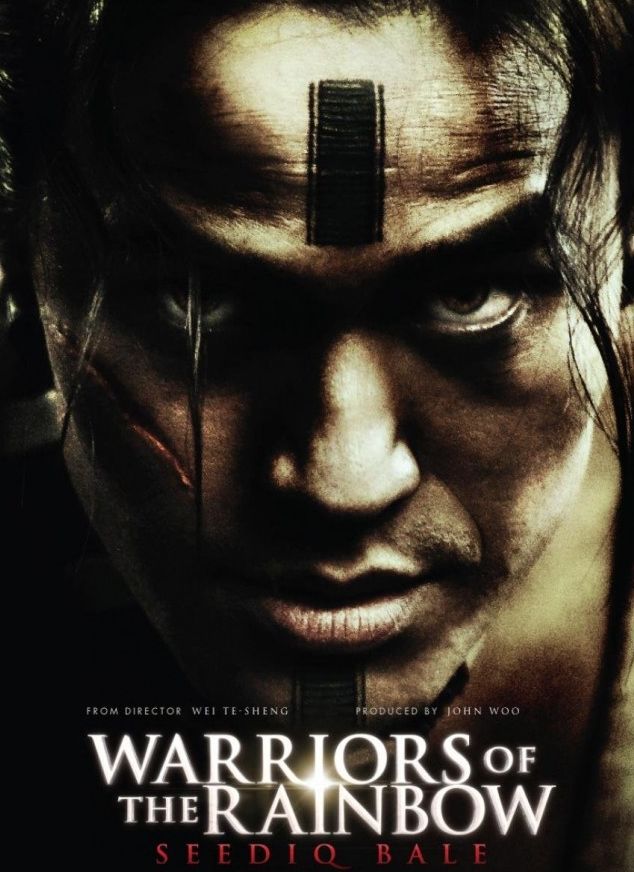The story is told through a warrior named Mona Rudao of the
village Mahebu. As a young warrior who
had proven himself in battle against rival tribes over disputed hunting ground,
Rudao’s only concerns in the world were hunting enough food with the other
young braves from his village. That is,
before the Japanese encroachment thanks to the Treaty of Shimonoseki, which ceded
Taiwan to the Japanese. Despite their
martial prowess and killing many Japanese soldiers, Rudao et al. were ultimately
futile against Japanese arms and forced into an uneasy peace. Flash forward 30 years into the future. In strict accordance with the ‘British Manual
of Colonial Rule,’ if such a thing ever existed, administrative apparatuses and
schools were established throughout the region in order to civilize and educate
the ‘barbarians.’ While Rudao (now the
chief of his village) knew that defying the Japanese would mean suicide, he
seethed within at his powerlessness to restore their traditions and way of
life. A fight between his eldest son and
a local Japanese police official during the drunken revelry of a wedding,
however, provided the spark for open mutiny.
Rudao, perhaps somewhat inebriated himself, saw an apparition of his
deceased father by the river, who sang the songs of his youth with him and ‘convinced’
him to unite the disparate tribes in open revolt and mercilessly attack the
Japanese during a local celebration. An
orgy of violence ensued which resulted in the slaughter of many Japanese,
including women and children.
Having embarked upon his fateful act, Rudao scattered his
warriors in anticipation of the reprisal that was to come. Women and young children from the revolting
tribes evacuated the villages and committed suicide so as to deny the Japanese
targets for retaliation (Well I did say ‘fateful act’ didn’t I?). With just some 300 braves including teenage
boys, Rudao’s only option was to wage hit-and-run guerilla warfare to bleed the
Japanese as much as possible before the inevitable end. And of course, in typical colonial fashion,
the Japanese underestimated the ’savages’ and paid for it dearly with their
lives. Eventually, they were humbled and
became ‘wiser,’ employing a divide-and-conquer strategy by exploiting the
longstanding blood feuds between the tribes against each other.
As much as I tried to, I couldn’t find much to like in this movie because I simply did not care for its key players. Rudao lacked the depth and charisma of Mel Gibson’s William Wallace or Daniel Day-Lewis’s ‘Hawkeye,’ and I was put off by the macho ethos of the tribes, which demanded their young men to kill each other (often by decapitation) over hunting grounds and various other petty disputes of ’honor’ in order to prove themselves as warriors. At two-and-a-half hours long, the movie dragged due to its sluggish and uneven pace, and there is a limit to the decapitations that even I can take in one sitting before succumbing to tedium (imagine my horror when I learned that there is an even longer, two-part version of this movie lasting 4 hours!). And without the presence of the ‘fairer sex’ to humanize its key characters, like Braveheart's Sophie Marceau or The Last of the Mohicans's Madeline Stowe, it’s exceedingly difficult to sympathize with its main protagonist.
5 out of 10


No comments:
Post a Comment